Top 10 Virtual Machine Software Comparison
By Richard "Rick" Callahan | Published: 2025-04-13 | Category: Virtual Machine Software
About Virtual Machine Software
Virtual machine software allows users to run multiple operating systems simultaneously on a single physical computer. It creates isolated virtual environments, enabling tasks like software testing, development, and running incompatible applications.
Scoring Criteria
- → Performance
- → Features
- → Ease of Use
- → Compatibility
- → Support
- → Value
The Best Virtual Machine Software
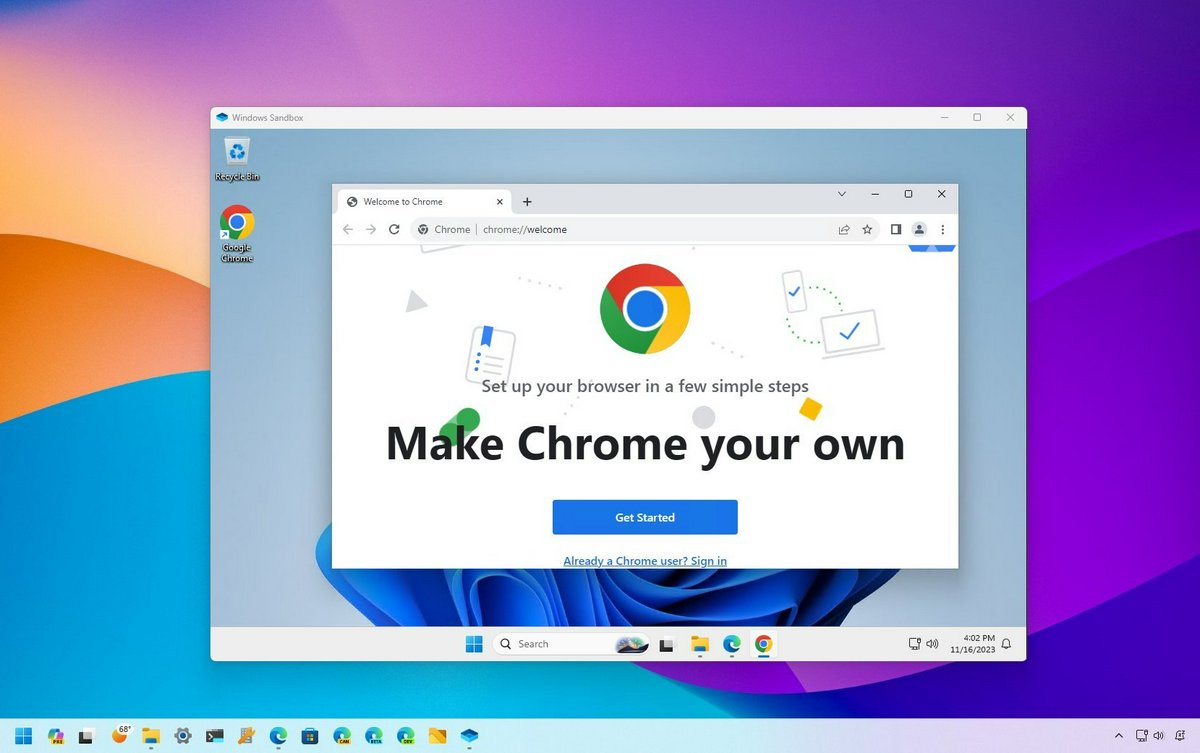 #10
#10
Windows Sandbox
By Microsoft
A lightweight, ephemeral desktop environment integrated into Windows for safely running untrusted applications.
Platforms & Use Cases
Platforms: Windows
Best For: Testing untrusted software, Secure browsing, Disposable environments
Key Features
- ✓Ephemeral: All changes are discarded when the Sandbox is closed. (Yes)
- ✓Isolation: Hardware-based isolation using Hyper-V technology. (Strong)
- ✓Efficiency: Uses integrated kernel scheduler, smart memory management, and virtual GPU. (High)
- ✓Simple Interface: Launches a clean Windows desktop quickly. (Yes)
Scorecard (Overall: 6.8 / 10.0)
Pricing
Windows Feature
Contact Vendor
- Included with Windows Pro/Enterprise/Education
- Disposable environment
- Security focused
Limitations: Requires specific Windows editions, Not persistent, Limited configuration options, Cannot run different OS
Pros
- + Free with Windows
- + Extremely easy to use
- + Highly secure for testing unknown apps
- + Lightweight and fast to launch
Cons
- - Ephemeral by design - no persistence
- - Windows host and guest only
- - Very limited features compared to full VMs
- - Requires Windows Pro/Enterprise/Edu
Verdict
"A fantastic tool for its specific purpose: safely running untrusted applications in a disposable environment on Windows."
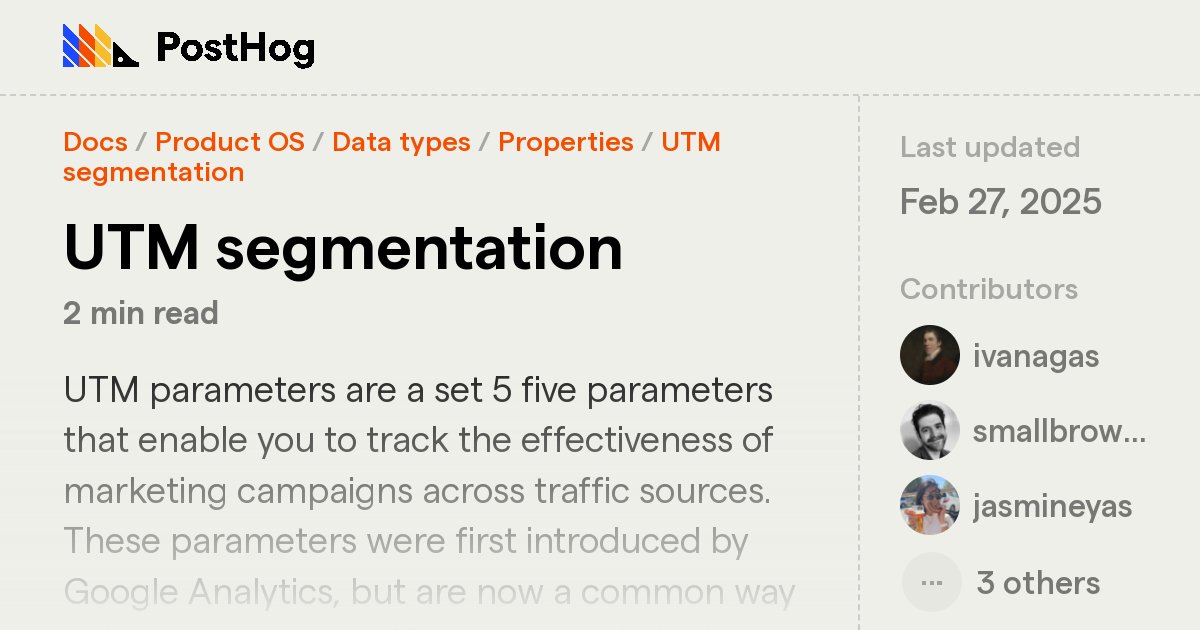 #9
#9
UTM
By UTM Contributors
User-friendly GUI front-end for QEMU on macOS and iOS, supporting emulation and virtualization.
Platforms & Use Cases
Platforms: macOS, iOS
Best For: Running other OS on Mac/iOS, Development, Testing, Emulation
Key Features
- ✓QEMU Backend: Leverages the power and flexibility of QEMU. (Yes)
- ✓User-Friendly Interface: Simplifies QEMU setup and management. (High)
- ✓Hardware Acceleration: Uses Apple's Hypervisor framework for fast virtualization on Apple Silicon/Intel. (Yes)
- ✓Emulation Support: Can emulate different CPU architectures (e.g., ARM on x86, x86 on ARM). (Yes)
Scorecard (Overall: 8.3 / 10.0)
Pricing
Free Version
Contact Vendor
- Full functionality
- Available directly from website
Limitations: Community support only
Mac App Store Version
$9.99 / One-time
- Identical functionality
- Supports development via purchase
- Automatic updates
Limitations: Small cost
Pros
- + Free and open source
- + Easy-to-use interface for QEMU
- + Good performance with hardware acceleration
- + Supports both virtualization and emulation
- + Runs on macOS and iOS
Cons
- - Relies on QEMU development for core features
- - Performance might trail commercial Mac hypervisors in some scenarios
- - iOS functionality is more limited
Verdict
"An excellent, user-friendly, and free option for virtualization and emulation on Apple devices, making QEMU accessible."
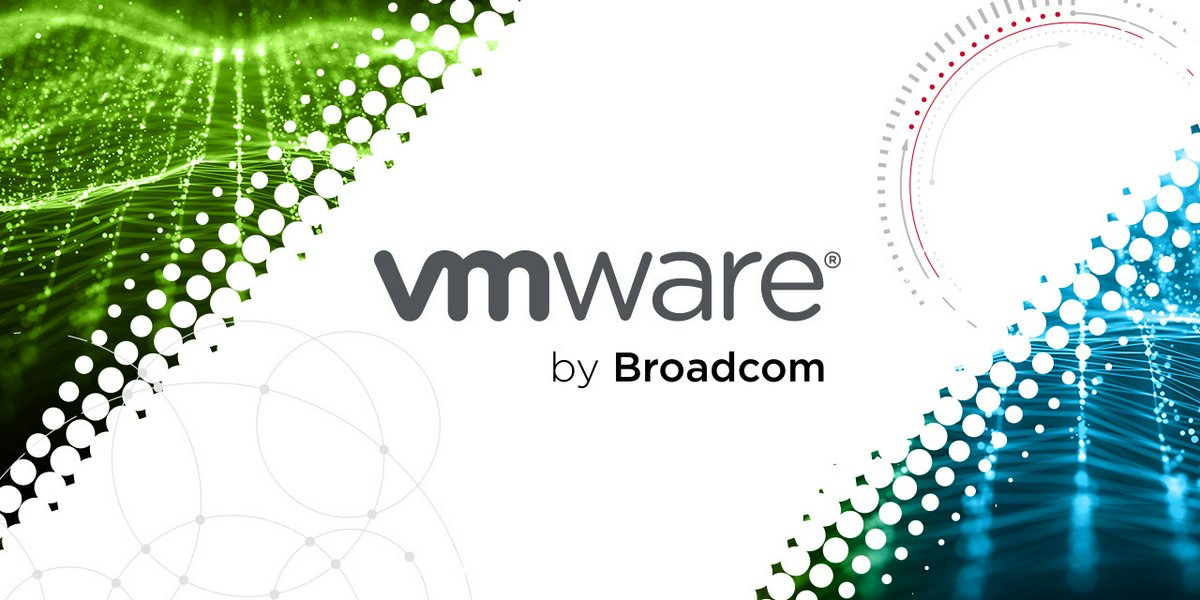 #8
#8
VMware Workstation Player
By VMware (Broadcom)
Free-for-personal-use version of VMware Workstation for running single VMs on Windows or Linux.
Platforms & Use Cases
Platforms: Windows, Linux
Best For: Running Single VMs, Education, Personal Use, Evaluating Software
Key Features
- ✓Basic VM Operation: Run pre-built virtual machines or create new ones. (Yes)
- ✓3D Graphics Support: Supports DirectX and OpenGL. (Good)
- ✓Host/Guest File Sharing: Easy file sharing between host and guest. (Yes)
- ✓Free for Personal Use: No cost for non-commercial usage. (Yes)
Scorecard (Overall: 7.7 / 10.0)
Pricing
Player (Personal Use)
Contact Vendor
- Run single VMs
- Create new VMs
- Non-commercial use
Limitations: Cannot run multiple VMs simultaneously, Lacks advanced features like snapshots, cloning, advanced networking, Commercial use requires paid license
Player (Commercial License)
$149.00 / One-time
- Allows commercial use
- Same feature set as free version
Limitations: Still lacks Pro features
Pros
- + Free for personal use
- + Easy to use
- + Good performance
- + Based on stable VMware technology
Cons
- - Limited features compared to Pro (no snapshots, limited networking)
- - Cannot run multiple VMs at once
- - Commercial use requires paid license
Verdict
"A great free option for individuals needing to run a single virtual machine on Windows or Linux without advanced features."
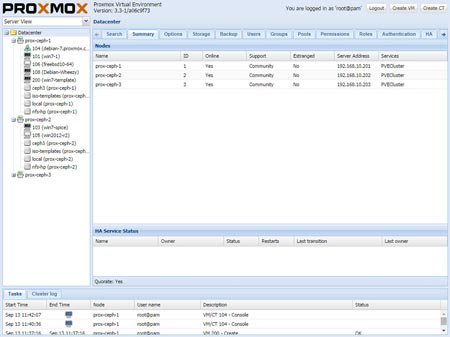 #7
#7
Proxmox Virtual Environment (VE)
By Proxmox Server Solutions GmbH
Open-source server virtualization management platform based on Debian Linux, integrating KVM and LXC.
Platforms & Use Cases
Platforms: Linux (Bare Metal Install)
Best For: Server Virtualization, Data Center Management, Home Labs, Container Management
Key Features
- ✓Web-Based Management: Centralized management interface for VMs and containers. (Yes)
- ✓KVM & LXC Support: Supports both full hardware virtualization (KVM) and OS-level containers (LXC). (Integrated)
- ✓Clustering & High Availability: Built-in support for creating resilient clusters. (Yes)
- ✓Live Migration: Move running VMs between nodes without downtime. (Yes)
Scorecard (Overall: 8.5 / 10.0)
Pricing
Community Edition
Contact Vendor
- Full feature set
- Community support forums
Limitations: No enterprise repository access, No professional support
Subscription Tiers
$105.00 / Annual (per CPU socket, starting price)
- Access to enterprise repository
- Professional support
- Stable updates
Limitations: Cost scales with hardware
Pros
- + Free and open source core product
- + Powerful web interface
- + Combines KVM VMs and LXC containers
- + Excellent features for server environments (clustering, HA)
Cons
- - Requires dedicated hardware (bare-metal install)
- - Primarily server-focused, not desktop virtualization
- - Learning curve for advanced features
Verdict
"An outstanding open-source choice for server virtualization and container management, offering enterprise-grade features for free."
 #6
#6
QEMU
By Fabrice Bellard & QEMU Team
A powerful open-source machine emulator and virtualizer, often used with KVM on Linux for near-native performance.
Platforms & Use Cases
Platforms: Linux, macOS, Windows
Best For: System Emulation, Development, Testing, Hardware Virtualization (with KVM/HV), Cross-architecture execution
Key Features
- ✓Hardware Acceleration: Uses KVM (Linux) or Hypervisor Framework (macOS) for high performance. (High (with accelerator))
- ✓Wide Emulation Support: Can emulate a vast range of hardware and CPU architectures. (Excellent)
- ✓Open Source: Highly flexible and customizable. (Yes)
- ✓Command-Line Driven: Primarily operated via command line, though GUIs exist. (Yes)
Scorecard (Overall: 8.2 / 10.0)
Pricing
Open Source
Contact Vendor
- Full emulation and virtualization capabilities
- Wide hardware support
- Active development
Limitations: Steep learning curve, Requires technical expertise, GUI front-ends vary in quality
Pros
- + Extremely powerful and flexible
- + Free and open source
- + Excellent performance with KVM/HV
- + Supports vast range of guest OS and architectures
Cons
- - Very difficult for beginners
- - Primarily command-line based
- - Setup can be complex
Verdict
"An incredibly powerful and versatile open-source tool for experienced users, especially potent on Linux with KVM."
 #5
#5
Microsoft Hyper-V
By Microsoft
Native hypervisor built into Windows Pro, Enterprise, and Server editions.
Platforms & Use Cases
Platforms: Windows
Best For: Server Virtualization, Development, Testing, IT Infrastructure
Key Features
- ✓Windows Integration: Built directly into the Windows operating system. (Tight)
- ✓Checkpoints: Standard and production checkpoints (snapshots). (Yes)
- ✓Virtual Networking: Flexible virtual switch management. (Good)
- ✓Generation 2 VMs: Support for UEFI firmware and secure boot. (Yes)
Scorecard (Overall: 7.7 / 10.0)
Pricing
Windows Feature
Contact Vendor
- Included with Windows Pro/Enterprise/Server
- Core hypervisor features
- Networking
- Checkpoints
Limitations: Requires specific Windows editions, Windows host only, Limited direct USB passthrough
Pros
- + Free with Windows
- + Good performance
- + Tight OS integration
- + Strong security features (Gen 2 VMs)
Cons
- - Windows host only
- - Can conflict with other Type-2 hypervisors (like VirtualBox/VMware Workstation)
- - Less intuitive UI for beginners
- - Limited features compared to paid desktop solutions
Verdict
"A solid, free virtualization option for Windows users already running Pro or Enterprise editions, particularly for Windows guests and server roles."
 #4
#4
VMware Fusion Pro
By VMware (Broadcom)
Powerful virtualization software for running Windows and other OS on macOS, tailored for professionals.
Platforms & Use Cases
Platforms: macOS
Best For: Development, Testing, IT Administration, Running Windows on Mac
Key Features
- ✓Unity Mode: Run Windows apps like Mac apps without the Windows desktop. (Yes)
- ✓Apple Silicon Support: Optimized for performance on M-series Macs. (High)
- ✓Advanced Networking: Configure complex virtual networks. (High)
- ✓Snapshots & Clones: Full snapshot and cloning capabilities. (Advanced)
Scorecard (Overall: 8.3 / 10.0)
Pricing
Pro License (Personal Use)
Contact Vendor
- Full feature set for personal, non-commercial use
Limitations: Requires free registration, Commercial use requires paid license
Pro License (Commercial Use)
$199.00 / One-time
- Full feature set
- Commercial use allowed
- Priority support options
Limitations: Perpetual license for specific version, upgrades may cost extra
Pros
- + Strong performance
- + Feature-rich
- + Excellent networking
- + Free for personal use
- + Good integration with macOS
Cons
- - macOS only
- - Commercial license is costly
- - Interface can feel less integrated than Parallels
Verdict
"A professional-grade virtualization tool for Mac users, especially compelling now that it's free for personal use."
 #3
#3
Oracle VM VirtualBox
By Oracle
Free and open-source cross-platform virtualization software for desktop use.
Platforms & Use Cases
Platforms: Windows, macOS, Linux, Solaris
Best For: Development, Testing, Education, Personal Use, Running Legacy Apps
Key Features
- ✓Cross-Platform: Runs on a wide variety of host operating systems. (Excellent)
- ✓Snapshots: Save and restore VM states. (Yes)
- ✓Guest Additions: Drivers and utilities for better guest OS integration and performance. (Yes)
- ✓Open Source: Freely available source code, large community. (Yes)
Scorecard (Overall: 8.0 / 10.0)
Pricing
Base Product
Contact Vendor
- Core virtualization features
- Cross-platform support
- Snapshots
- Shared folders
Limitations: Enterprise support requires separate purchase, Extension Pack needed for USB 2/3, RDP, encryption (free for personal use)
Pros
- + Completely free for personal use
- + Open source
- + Runs on many platforms
- + Good basic feature set
Cons
- - Performance sometimes lags behind paid competitors
- - Advanced features might require Extension Pack
- - Corporate support costs extra
Verdict
"The best free virtualization solution, offering great compatibility and essential features for personal, educational, or development use."
 #2
#2
Parallels Desktop
By Parallels (Alludo)
Seamless and high-performance virtualization software for running Windows and other OS on macOS.
Platforms & Use Cases
Platforms: macOS
Best For: Running Windows Apps on Mac, Development, Testing, Gaming
Key Features
- ✓Coherence Mode: Run Windows applications side-by-side with Mac apps without seeing the Windows desktop. (Seamless)
- ✓Performance Optimization: Optimized for latest macOS and Windows versions, including Apple Silicon. (High)
- ✓Toolbox Included: Suite of one-click tools for common Mac and Windows tasks. (Yes)
- ✓DirectX Support: Good support for Windows gaming and graphics applications. (Good)
Scorecard (Overall: 8.5 / 10.0)
Pricing
Standard Edition
$99.99 / Annual
- Run Windows/Linux/Other OS
- 8GB vRAM / 4 vCPUs per VM
- Basic integration
Limitations: No advanced developer tools, No premium support
Pro Edition
$119.99 / Annual
- 128GB vRAM / 32 vCPUs per VM
- Advanced networking
- Developer tools
- Premium support
Limitations: Subscription only
Business Edition
$149.99 / Annual
- Centralized admin
- Volume licensing
- Pro features
Limitations: Subscription only
Pros
- + Excellent performance on Mac
- + Seamless integration with macOS
- + User-friendly interface
- + Good 3D graphics support
Cons
- - macOS only
- - Subscription-based pricing for Pro/Business
- - Can be expensive
Verdict
"The best choice for macOS users needing to run Windows or other operating systems, offering seamless integration and top performance."
View Top Ranked Software
Watch a short ad to unlock the details for the #1 ranked software.
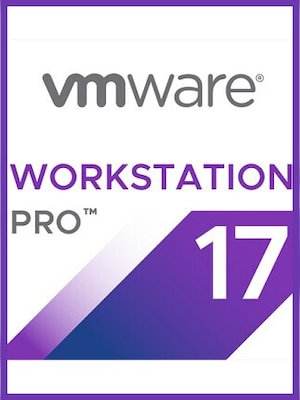 #1
#1
VMware Workstation Pro
By VMware (Broadcom)
Powerful and feature-rich desktop virtualization software for Windows and Linux.
Platforms & Use Cases
Platforms: Windows, Linux
Best For: Development, Testing, IT Administration, Running Multiple OS, Cybersecurity
Key Features
- ✓Advanced Networking: Create complex IPv4 or IPv6 virtual networks for VMs. (High)
- ✓Snapshots: Save multiple states of a VM to revert back to. (Advanced)
- ✓3D Graphics Support: DirectX and OpenGL support for graphics-intensive applications. (High)
- ✓VM Cloning: Create full or linked clones to rapidly duplicate VMs. (Yes)
- ✓Encryption: Secure VMs with AES-256 encryption. (Yes)
Scorecard (Overall: 8.5 / 10.0)
Pricing
Pro License
$199.00 / One-time
- Full feature set
- Commercial use allowed
- Priority support options
Limitations: Perpetual license for specific version, upgrades may cost extra
Pros
- + Excellent performance
- + Extensive feature set
- + Robust networking capabilities
- + Cross-platform (Windows/Linux)
Cons
- - Relatively expensive
- - Can be resource-intensive
Verdict
"A top-tier choice for professionals needing powerful features and performance on Windows or Linux."

Final Thoughts
The virtual machine software market offers diverse options, from powerful commercial products like VMware Workstation Pro and Parallels Desktop to excellent free alternatives like Oracle VM VirtualBox and UTM. Server-focused solutions like Proxmox VE provide robust features for infrastructure, while specialized tools like Windows Sandbox address specific security needs. The best choice depends heavily on the user's host OS, budget, technical expertise, and specific use case.